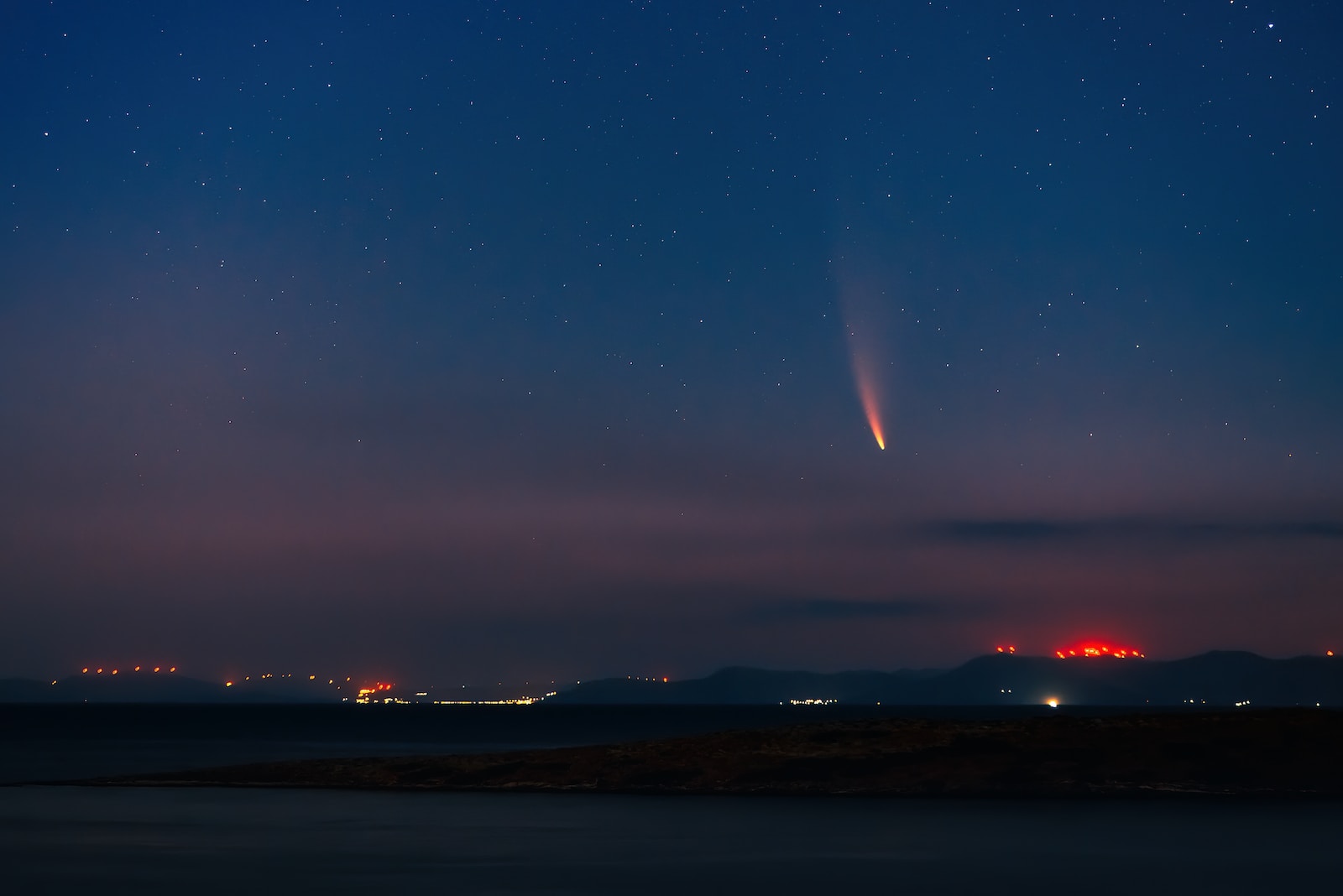Table of Contents
ToggleIntroduction
A mesmerizing fireball streaked across the Mid-Atlantic and Northeast regions, captivating onlookers after an exceptionally hot day. This article delves into the details of this awe-inspiring meteor event, shedding light on its nature, trajectory, and atmospheric phenomena. Join us on a journey to explore the science behind fireballs and their infrequent but captivating appearances.
The Fireball Phenomenon
What is a Fireball?
A fireball refers to an exceptionally bright meteor that illuminates the sky with its intense glow. These celestial objects, often originating as rocks from space, enter Earth’s atmosphere, creating a breathtaking display. Fireballs can be seen from various locations and can travel significant distances before disintegrating.
The Mid-Atlantic Fireball
The recent fireball sighting in the Mid-Atlantic region occurred after an unusually hot day. Eyewitnesses reported observing the fireball’s brilliance as it traversed the sky, leaving a green tail behind. The event generated widespread fascination and prompted discussions about its origin and characteristics.
Unveiling the Science Behind Fireballs
Fireball Speed and Brightness
Fireballs travel at remarkable speeds, often exceeding tens of thousands of miles per hour. Their velocity, combined with atmospheric friction, causes them to heat up and emit a brilliant glow. The brightness of a fireball can rival that of the Moon, making it a captivating spectacle.
Bolides: Explosive Fireball Variants
Some fireballs transform into bolides, which exhibit a distinct behavior. Bolides conclude their journey with a dazzling terminal flash, often accompanied by visible fragmentation. This explosive nature adds an extra layer of excitement to the fireball experience.
The Rarity of Fireball Sightings
Unnoticed Events
While fireballs occur daily in Earth’s atmosphere, many go unnoticed due to their frequent appearance over oceans or uninhabited regions. Additionally, most fireballs that occur at night remain undetected, as the number of individuals outdoors to witness them is relatively low.
Meteor Reporting and Data Collection
Organizations like the American Meteor Society encourage eyewitnesses to report meteor sightings for scientific purposes. By collecting data and reports, these organizations contribute to our understanding of fireball occurrences and their characteristics.
The Intersection of Heat and Celestial Beauty
Sultry Conditions and Meteor Events
The Mid-Atlantic fireball appeared at the end of an exceptionally hot day, with temperatures reaching record highs. This convergence of intense heat and the celestial spectacle added to the intrigue of the event, leaving observers in awe of nature’s wonders.
The Meteorological Connection
While the fireball itself was unrelated to weather phenomena, the connection between extreme temperatures and meteor sightings serves as a reminder of the interconnectedness of natural phenomena on our planet.
Conclusion
The sight of a fireball streaking across the sky is a rare and awe-inspiring occurrence. The recent meteor event in the Mid-Atlantic region captivated observers, offering a glimpse into the beauty and mystery of our universe. By understanding the science behind fireballs and appreciating their rarity, we can further appreciate the wonders that unfold above us. Let us continue to marvel at these celestial displays and cherish the extraordinary moments they bring.







